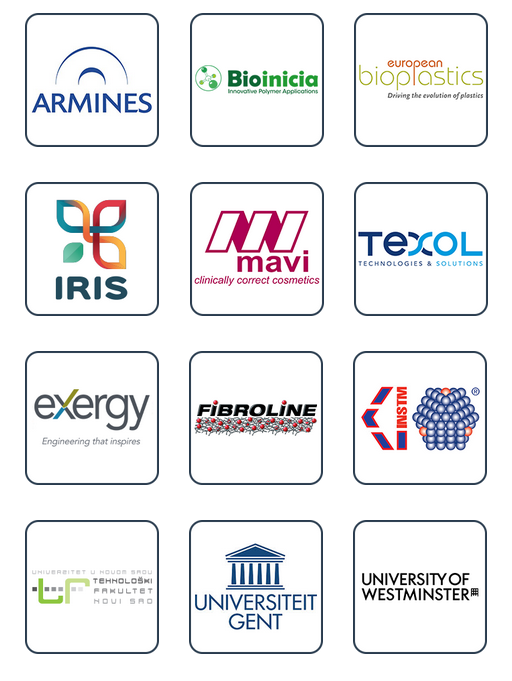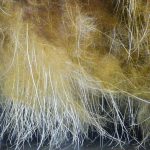Polybioskin, natural skin through more ethical products
 Skin contact products, whether for medical, sanitary or cosmetic purposes, have two major drawbacks: they are neither recyclable nor biodegradable. The Polybioskin H2020 project aims to correct these aspects which are out of step with consumers’ growing environmental awareness and concerns. Launched two years ago, the Polybioskin project brings together 12 European partners, including IMT Mines Alès, and will come to a close in May 2020. José-Marie Lopez-Cuesta, a materials researcher at IMT Mines Alès, presents the challenges involved in this project.
Skin contact products, whether for medical, sanitary or cosmetic purposes, have two major drawbacks: they are neither recyclable nor biodegradable. The Polybioskin H2020 project aims to correct these aspects which are out of step with consumers’ growing environmental awareness and concerns. Launched two years ago, the Polybioskin project brings together 12 European partners, including IMT Mines Alès, and will come to a close in May 2020. José-Marie Lopez-Cuesta, a materials researcher at IMT Mines Alès, presents the challenges involved in this project.
Could you describe the context of the Polybioskin project?
José-Marie Lopez-Cuesta: Skin is the human body’s most important organ and our first line of defense against external agents. Cosmetics, along with skin care and biomedical products, are developed to allow for direct contact with the skin or to protect it. These products represent a significant market which includes both low-cost and high-performance products. Today, most of these products are obtained from polymers based on fossil-fuel resources which are neither recyclable nor biodegradable.
So what is the aim of this project?
JMLC: Polybioskin must enable the industrial development of bio-based, renewable solutions for antimicrobial, antioxidant and absorbent applications for skin contact products. The three target markets are sanitary, cosmetic and biomedical products.
What scientific problems must you respond to?
JMLC: The products developed must be economically competitive and have a renewable content of 90%. We also strive to reduce the environmental footprint, through different end-of-life scenarios for the products developed. Life-cycle analyses must demonstrate their sustainable character and their compliance with safety regulations.
Who are your partners for this project and how is their collaboration important to your work?
JMLC: The Polybioskin consortium combines the expertise of 12 partners from 7 European countries. We already have relationships with several of the academic partners through the ENMAT research network (European Network on Materials). And there are also non-academic partners who play an important role. The industry partners included in the BBI association are stakeholders in the definition of calls for projects aiming to promote bioplastics. This project can also help launch new collaborations as part of PhD theses and prepare responses to new calls for H2020 projects.
Polybioskin draws on expertise in biology, chemistry, material sciences, nanotechnologies and other fields. How have researchers from IMT Mines Alès contributed to the project?
JMLC: IMT Mines Alès develops superabsorbent structures for diapers and polymer films based on alloys formulated for beauty mask applications. The goal is to develop these structures using only bio-based components through chemical modifications and plastics processes. Different sources of cellulose have been used to synthesize absorbent structures. IMT Mines Alès also contributes to analyzing the life-cycle of all the components developed over the course of the project. To do so, we use specific tools including databases on the energy consumption and impact of the different components.
What are the current and future steps for Polybioskin ?
JMLC: The project is two-thirds complete. We’re currently in the pilot phases in order to develop prototypes. These prototypes are developed by assembling the materials developed in the earlier stages of the project. Publications and scientific papers have already been produced. In addition, a consortium agreement has been signed with the industry partners involved in the project. This will help us manage the technology transfer of the results at the end of the project, so that our scientific results can directly contribute to bringing innovative products to the market.
[divider style=”solid” top=”20″ bottom=”20″]
 Polybioskin project partners
Polybioskin project partners
 [divider style=”solid” top=”20″ bottom=”20″]
[divider style=”solid” top=”20″ bottom=”20″]





Leave a Reply
Want to join the discussion?Feel free to contribute!